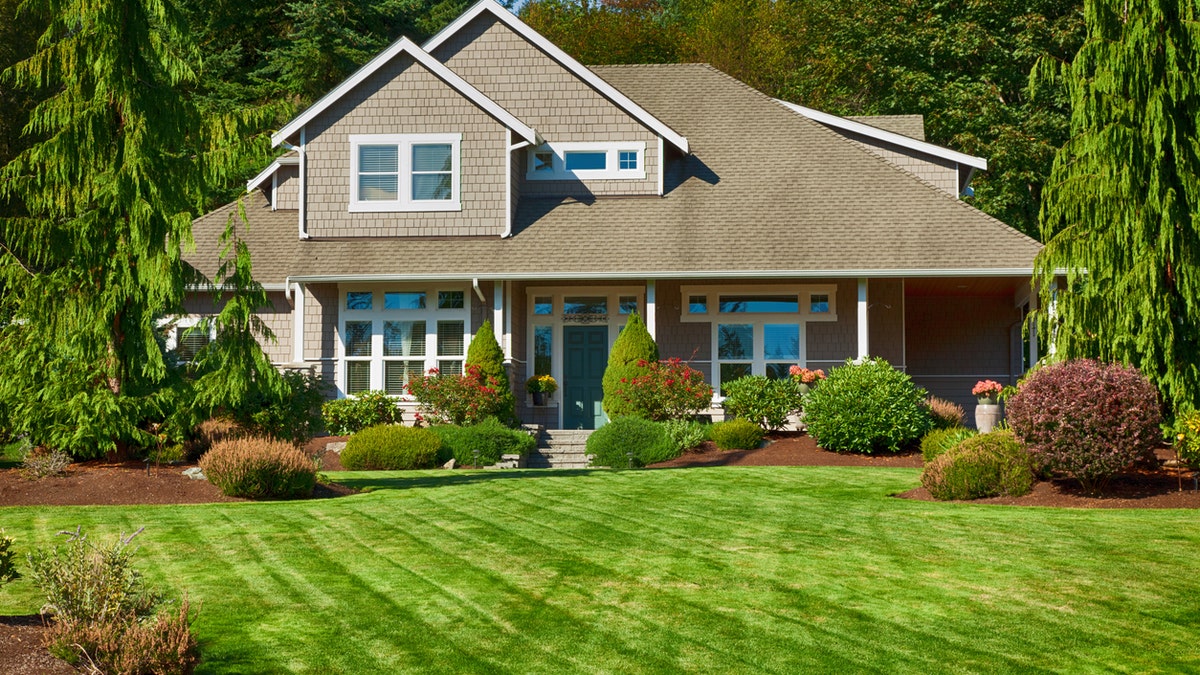
Beautiful landscaped upscale home (iStock)
Much like hairdressers know which bobs and weaves will be big this season, landscapers know which hedges and patio sets are poised to take off.
Every year, the National Association of Landscape Professionals gathers insight on consumer demand from its 100,000 members and marries it with research on lifestyle preferences and technological innovations.
The result is a report of trends reflecting what’s all the rage in outdoor living. Here are six of trending design ideas you may want to adopt in 2017.
1. Taking the Hygge Outside
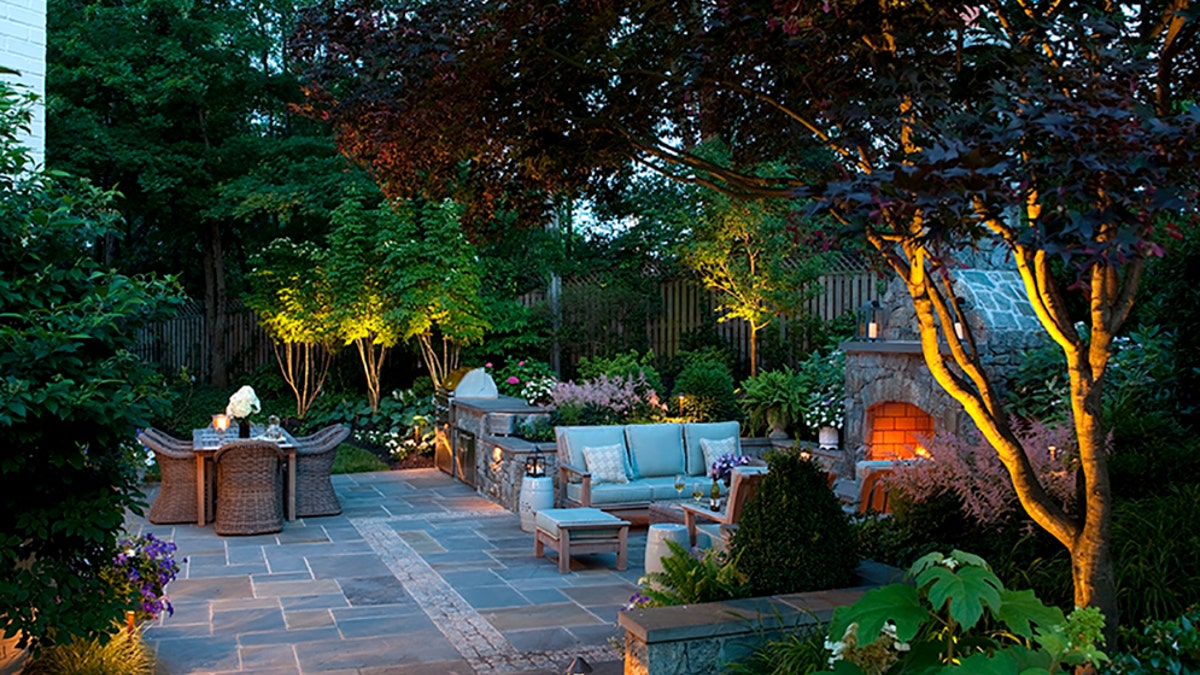
(Botanical Decorators, Olney, MD, member of the National Association of Landscape Professionals)
Hygge (pronounced “hoo-gah”) is a Danish concept centered around feeling cozy is transitioning outside. Now that temperatures are warming, the idea can still be incorporated in your outdoor space numerous ways. For example, consider installing a fire pit or a focal point where family and friends can gather. Swap out your picnic table for a circular seating nook that encourages intimate conversations. Look for water features that produce a soothing soundtrack. The right plants and lighting can also add to the ambience. The goal is to walk into your yard and feel like you’re getting a hug. After all, hygge comes from the Norwegian word meaning hug.
2. More Sophisticated Backyard BBQs
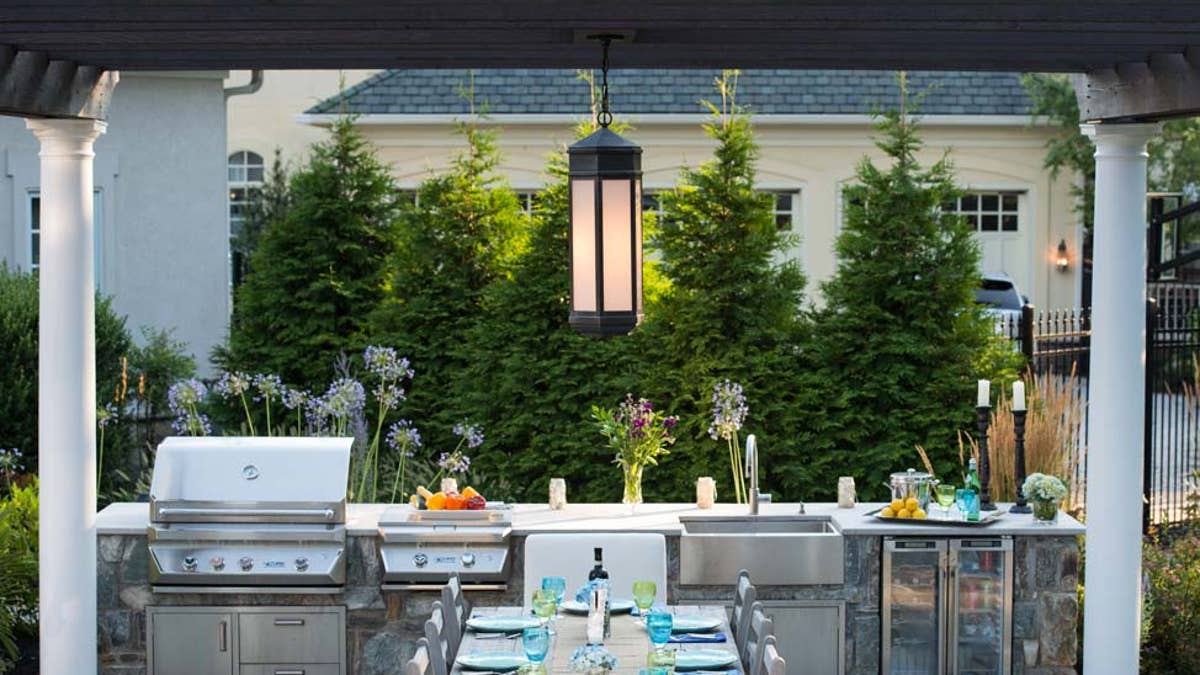
(Botanical Decorators, Olney, MD, member of the National Association of Landscape Professionals)
Gone are the days when a Coleman grill and a bag of charcoal were all you needed for cooking outside. In 2017, more homeowners will up their BBQ game with complete outdoor kitchens including sophisticated appliances. Think cooking under LED lighting and surround sound controlled by your smart phone. Baking with al fresco ovens boasting WiFi and grabbing a beer from a touchscreen fridge that uses cameras to take inventory of its contents. If you can’t afford to drop $6,000 on a stainless-steel fridge, don’t fret. It’s easy to enhance your outdoor culinary experience with elevated lighting and something as simple as a more convenient prepping station. For example, use a bar cart instead the top of your cooler.
FOLLOW US ON FACEBOOK FOR MORE FOX LIFESTYLE NEWS
3. Purposefully Pollinating
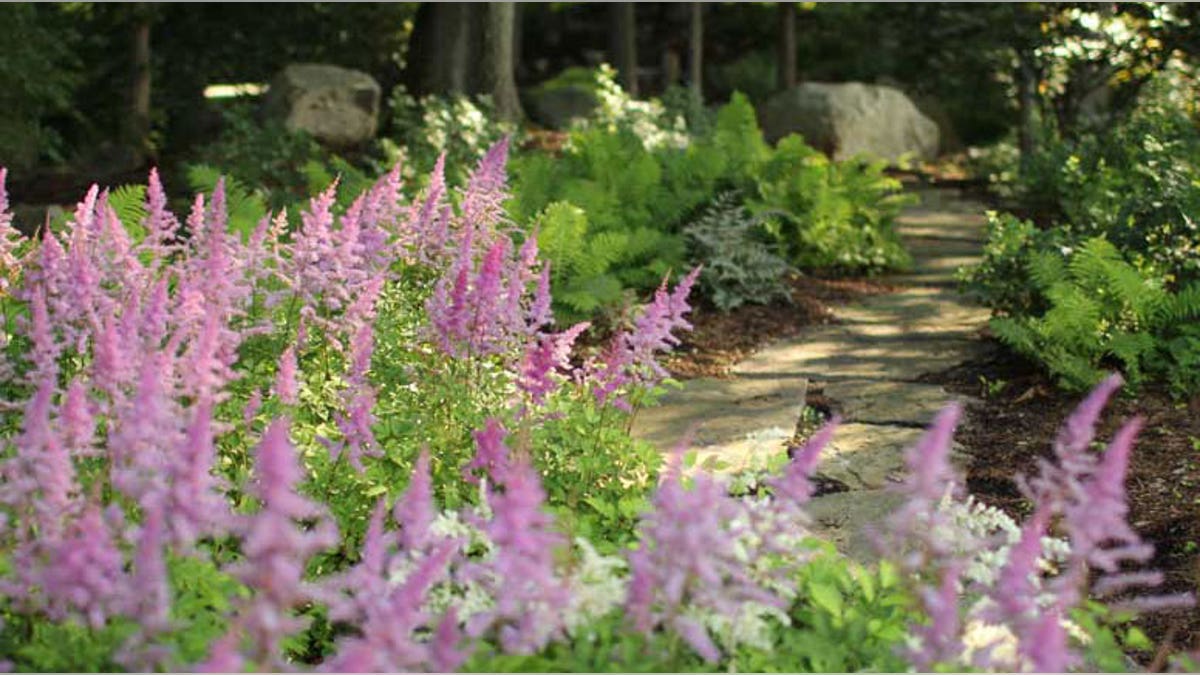
(The LaurelRock Company, Wilton, CT, member of the National Association of Landscape Professionals)
As the population of bees continues to dramatically decline in the double digits, homeowners are beginning to proactively look for ways to create pollinator-friendly gardens. For example, they’re shying away from the use of pesticides and are planting more nectar-producing plants to naturally attract bees, butterflies, hummingbirds and other pollinators. It also helps to incorporate birdbaths and other sources of water which pollinators need to consume more frequently and in larger quantities than other insects and birds.
4. Gardens in the Sky
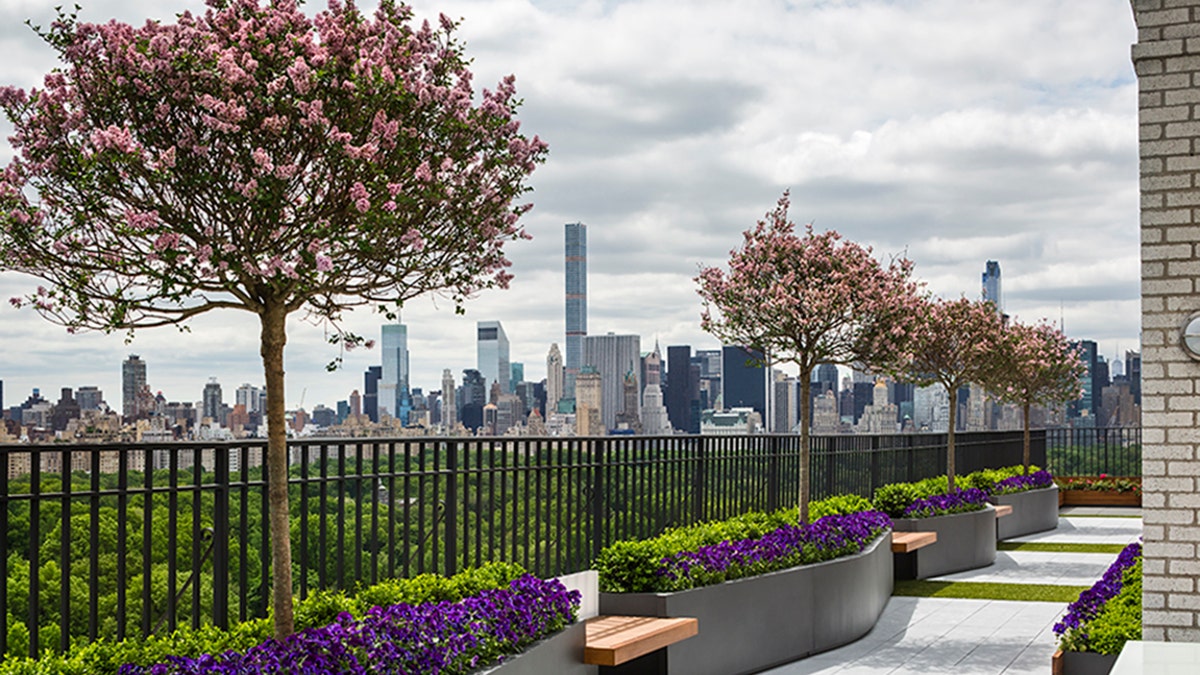
Project: 262 CPW Landscape Design: Town and Gardens Ltd Location: New York, NY (Town and Gardens, Ltd., Long Island City, NY, member of the National Association of Landscape Professionals)
To reduce urban heat and improve storm water management, Denver is considering following Toronto’s lead in requiring buildings of a certain size to have living roofs. According to NALP, the “green roof” movement is spreading, from city skyscrapers to stadium restaurants, double-decker buses and everywhere in between. This trend most likely started abroad. In Switzerland, more than 18,000 plants live on the roof of a metro station, and above the Arctic Circle there is a snow and ice hotel whose roof doubles as its garden. Although most common in commercial spaces, this trend can be implemented at home. The easiest way is to start small, perhaps with a few plants or a small terrace. Or if you have the space and budget, install turf and invite the neighbors over for a friendly game of croquet.
5. Smarter, More Selective Lawns
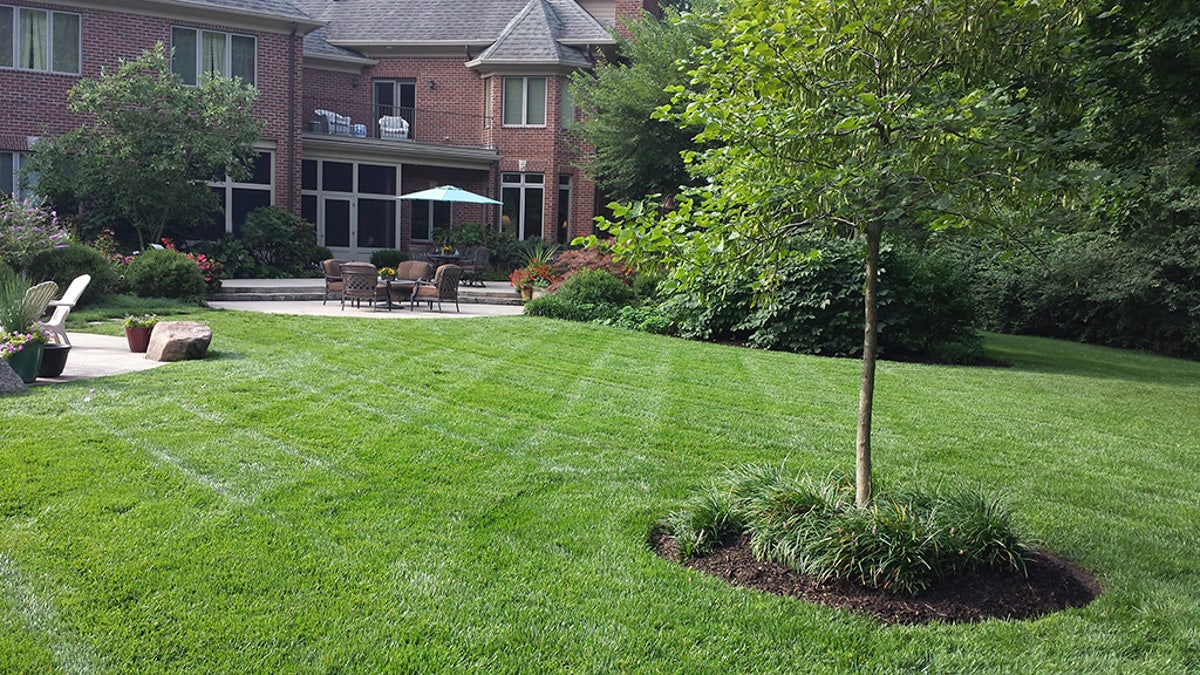
(M.J. Design Associates, Inc., Plain City, OH, member of the National Association of Landscape Professionals)
Thanks to new, more efficient irrigation methods like dripping and the selective breeding experiments of turfgrass seed producers, lawns are getting smarter. In this context, a smarter lawn is a healthier lawn, often requiring less watering and maintenance. The best way to incorporate this trend into your yard is to talk with landscaping professionals who are privy to the latest developments and products. Of course, if you prefer DIY, start with becoming familiar with your surroundings. Know the soil your climate produces and the native plants and flowers that require the least amount of nurturing and upkeep.
6. Greenery is In, and Outside

(DeSantis Landscapes, Salem, OR, member of the National Association of Landscape Professionals)
Every fall, designers wait with bated breath for Pantone to announce the color of the year. For 2017, the unofficial governing body of color theory has chosen “greenery.” So you can expect to see a greater emphasis placed on this yellowish-green and other shades that compliment it.
“Combining greenery of various textures and shades, such as a formal hedge of green velvet boxwood, a border of green lilyturf and dense Boston ivy-covered trellises, is just as impactful as a garden filled with a rainbow of colorful flowers,” says Missy Henriksen, vice president of public affairs for NALP. Henriksen says if homeowners can only invest the time and/or expense into one trend, greenery is a good choice. “It’s timeless and universal. It can be integrated into any yard or garden, no matter your location, size or budget, year after year.”